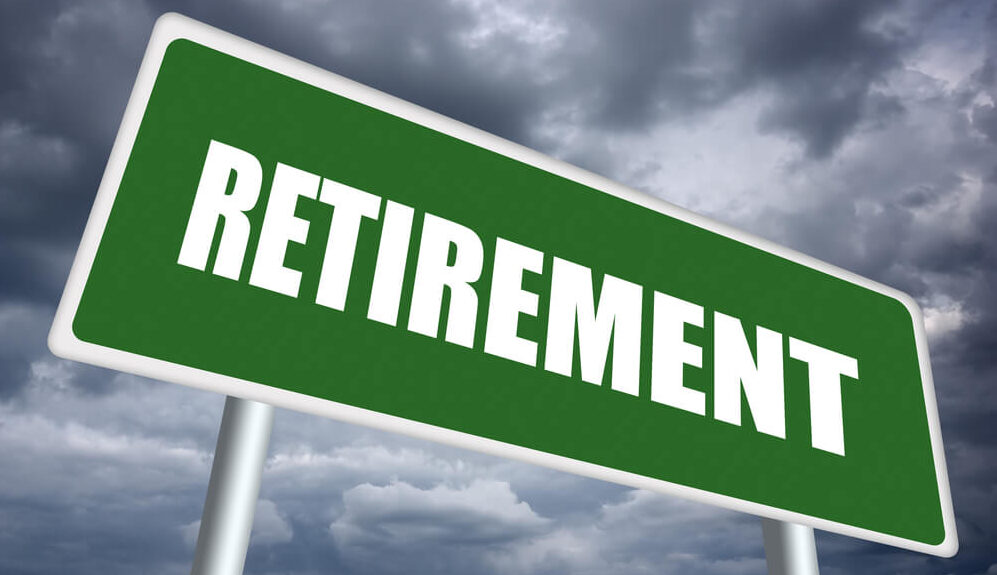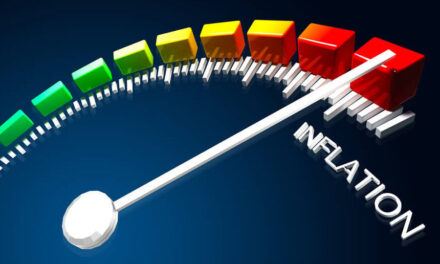More Easy Returns?
And just like that. The year is half over. Can you believe it?
Hardly the blink of an eye ago we were putting the final touches on our one great big nasty prediction for 2023 — that China will invade Taiwan.
Of course, this hasn’t come true — yet. And quite frankly, we hope it doggone never does. But with fools like Anthony Blinken in charge, the unthinkable could become a reality.
Certainly, the stock market, as measured by the S&P 500, has performed well. As of market close on Thursday (June 29), the S&P 500 is up 14.51% year-to-date. Not bad.
But the real action is over in the technology sector. Year-to-date, the NASDAQ is up 29.86%. Did you capitalize on it?
If not, you may still have a good shot at easy stock market returns over the next six months. That’s what research by Thomas Lee, founder of Fundstrat Global Advisors, says. As reported by MarketWatch:
In the 22 instances when the S&P 500 finished the first half of the year more than 10% higher since 1950, the median return for the second half is 8% with a 82% win ratio.
Among the nine instances when the S&P 500 ended negative in the prior year but recorded an over 10 percent gain in the first half of the following year, the median return for the second half is 12% with a 89% win ratio. That implies the gauge [the S&P 500] could finish 2023 at around 4,900.
What’s not to like about returns and win ratios like these?
By Lee’s research, you have nearly a nine in ten chance of pocketing a median return of 12% between now and the end of the year. All you must do is buy the S&P 500 index.
That’s more than double the return you can get from 6-month Treasury bills, which are currently yielding 5.43%.
DOW 900,000?
Whereas the S&P 500 and NASDAQ have delivered double-digit returns over the first half of the year, the Dow Jones Industrial Average has returned a meagre 2.94%. But not to worry. Instead of taking a half year horizon, all you must do to make money in the Dow is ride it out for a half century.
According to Ron Baron, the chairman and CEO of Baron Capital Management, the DOW could surpass 900,000 in 50 years. The only catch, however, according to Baron, is persistent inflation might make everything “twice as expensive” over the next 14 or 15 years.
Baron’s rationale appears to extrapolate out the DOW’s trajectory since 1970. Over the last 50 years, he notes the DOW has delivered a 35X return. Thus, he projects another 35X return over the next 50 years. That’s what he recently told CNBC:
I expect inflation to be as it always has been, as it always has been in every single democracy that’s ever existed, 4-to-5% per year. That means you’re going to have 35 times your money over the next 50 years. That means that the Dow Jones, which is now 34,000, will be 900,000.
I think everything [with respect to consumer prices] is going to be twice as expensive in 14, 15 years. Maybe it will go a little bit lower, but it’s not going to stay lower.
Do you follow Baron’s logic?
Every prospectus out there will tell you that “past performance is no guarantee of future results.” Yet, that’s exactly what he appears to be banking on.
Will he be right? Will he be wrong?
Only time will tell.
Where Valuations Stand
Here at the Economic Prism, we don’t know what will happen over the next half year, let alone the next half century. But what we do know is that there will be many unexpected surprises.
Predictions about the future trajectory of the stock market are hardly scientific. There’s no, all things being equal, observable phenomena taking place that can be tested and repeated.
Maybe the S&P 500 will deliver a 12% return over the next half year. Maybe the DOW will hit 900,000 over the next half century. However, it may not be a very pleasant ride.
Certain research and projections of past performance — like those mentioned above — may conclude stocks are going up. Nonetheless, there are valuation metrics that offer warning signals of a possible future storm. These warning signals suggest that now may be a wise time to hunker down.
One valuation metric, for example, is the Buffett Indicator. Berkshire Hathaway CEO Warren Buffett once called it, “probably the best single measure of where valuations stand at any given moment.”
Currently, the Buffett Indicator, which is the ratio of the total market capitalization over gross domestic product, is over 167%. Specifically, at market close on Thursday, the Total Market Index, as measured by the Wilshire 5000, is at $44.38 trillion. This is over 167% of the last reported U.S. GDP of about $26.53 trillion.
A fairly valued market is a ratio somewhere between 75% and 90%. Anything above 115% is considered significantly overvalued.
For perspective, in March 2000, the Buffett Indicator hit 148% just before the S&P 500 collapsed 49%. After that, the Buffett Indicator registered a mere 110% in September 2007, in advance of the S&P 500 crashing 56%.
More recently, the Buffett Indicator hit a nosebleed 211% in December 2021. If you recall, the S&P 500 peaked out at that time and then declined by roughly 24% over the following 9 months.
Are You Gambling with Your Retirement Account?
Who knows what will happen next. Maybe the Buffett Indicator will make another run at 200%. Regardless, at 167%, it is a warning that the stock market is significantly overvalued.
In short, there are only two ways for these sky-high valuations to come down. GDP must either go up. Or market capitalization must come down.
The advanced estimate for second-quarter GDP will not be released by the Bureau of Economic Analysis until July 27. However, the third estimate for first-quarter GDP was recently published, which showed GDP increased at an annual rate of 2% during the quarter, to $26.53 trillion.
At this rate of growth, a meaningful dent will not be made in the significantly overvalued level of the Buffett Indicator. That’s not to say that market capitalization cannot still go up, and that the stock market cannot become even more overvalued. It has happened before.
Still, the risk reward proposition of betting on a higher market capitalization at this point isn’t very appealing. Not when you can buy a 6-month Treasury bill that’s yielding 5.43%.
Over the last 40 years there generally haven’t been many instances where it has paid to be bearish. In advance of Black Monday, October 19, 1987, was a good time to be bearish. So too, in early-2000, mid-2008, early-2020 and late-2021. Now, also appears to be a good time to be bearish.
A stock market crash may not be immediately imminent. Yet, the reality is, the stock market is poised for a significant decline.
At the same time, a lot of good people have their retirement accounts fully invested in the stock market. At present valuations, this is analogous to gambling.
Are you gambling with your retirement account?
[Editor’s Note: Is Joe Biden secretly provoking China to attack Taiwan? Are your finances prepared for such madness? Answers to these important questions can be found in a unique Special Report. You can access a copy here for less than a penny.]




